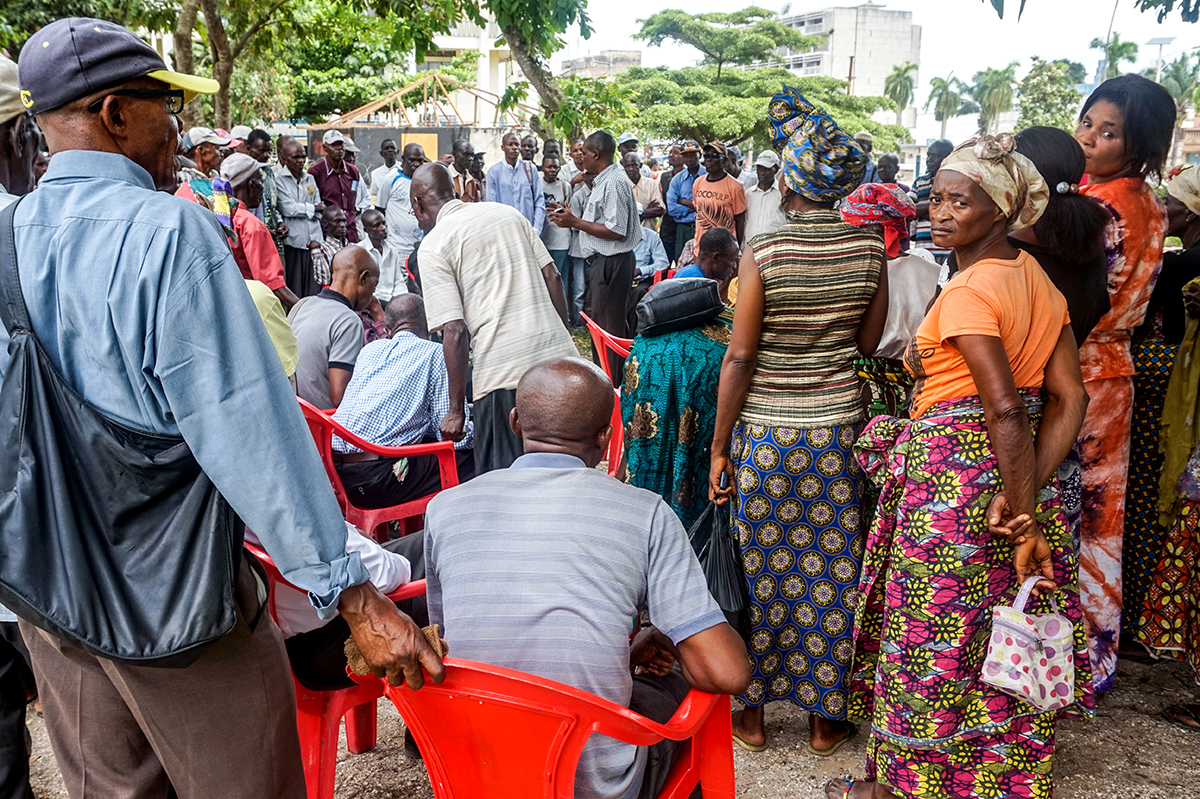
Manori Wijesekera, GPJ Sri Lanka
Workers at Sirio Ltd., a company that makes lingerie for European companies, perform various steps in the sewing process in their main production room in Badalgama, Sri Lanka.
GLOBAL PRESS HQ — What are the greatest threats to the livelihoods of workers around the world? How have workers succeeded in securing legal rights in their places of employment? To commemorate May Day, or International Workers’ Day, here’s a look at Global Press Journal stories from the past year that show the complex and unending struggles for labor rights around the world.



Chiapas Artisans Face Major Threat From Knockoff Handicrafts, Mostly Made in China
(April 13, 2018)
Artisans in southern Mexico are now competing with knockoffs that are imported from China and almost always cheaper. Many of the artisans have no other employment options and fear for their survival. The artisans are now asking lawmakers to regulate imports.



Chinese-Owned Mining Companies Bring Work and Hazards to Zimbabwe
(April 6, 2018)
Chinese-owned quarry mines employ many Zimbabweans, but at what cost? The companies’ quarry-mining practices leave many choking on dust and working in unattended mining pits – and have even led to deaths.



Nepalese Government Starts Legal Aid Fund for Migrant Workers Imprisoned Abroad
(December 11, 2017)
About 2.7 million Nepalese have received permits to work abroad in recent years – a huge portion of the nation’s 30 million people. The majority of them are going abroad to work in countries in the Persian Gulf, and some 500 Nepalese were in prisons in the Persian Gulf in December. How is the government coming to their aid?



Protesting Daily Since 2013, Ex-Workers Fail to Get Severance Pay From Province
(January 25, 2018)
When the Lotokila sugar factory closed its doors in Democratic Republic of Congo in 2010, workers weren’t paid proper severance. Hundreds of them began protesting in 2013 – and they’ve been protesting every single day since.



After Strikes, Haitian Textile Workers Despair As Salaries Stay Low, School Costs Rise
(January 12, 2018)
Across the capital, Port-au-Prince, textile workers went on strike last summer, demanding higher wages and hoping for a path out of poverty. But in the months since, little has changed. And their children’s educations are being affected.



Sri Lankan Garment Factories Boost Wages and Benefits As Labor Shortage Looms
(September 17, 2017)
The apparel sector directly employs as many as 500,000 people in Sri Lanka. Conditions in factories are harsh, monotonous and physically taxing. As the country’s economy and per-capita income grow, aspirations in the workforce – especially among women – are changing.







